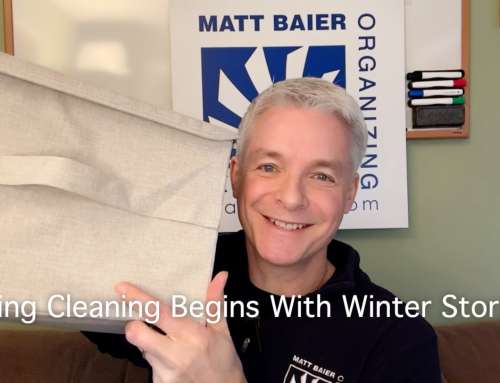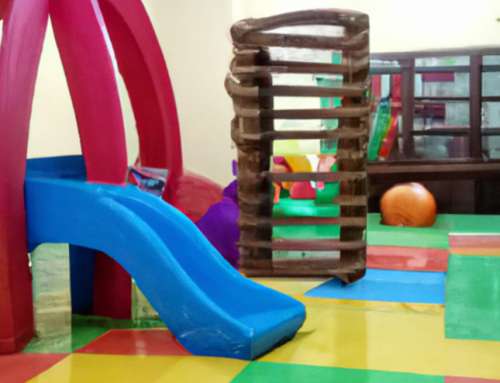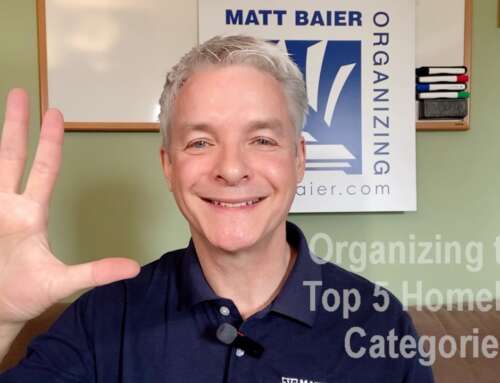
Dealing with a multitude of clutter requires dealing with a multitude of decisions. The key is not to avoid the decisions, but to make the decisions easier. So how exactly do you do this? Clearing tough clutter is like making a tough decision. It needs to be done in STAGES.
The next time you resolve to organize a room, try to be aware of how much time you spend running items into other rooms, calling a spouse for input, or shredding documents. These are all examples of distractions that compromise your efforts. Most of us hate to make decisions and will actively seek out such distractions, rather than make decisions. In these cases, label one box as “elsewhere”, label another “ask Joe” (or whatever your spouse’s name is), and label one more as “shred.” Set a timer for 20 minutes and force yourself to do nothing but make decisions. Don’t worry. It will be over within 20 minutes! You will make more real progress in those 20 minutes than you would in 2 unfocused hours. And emptying the “elsewhere,” “ask Joe,” and “shred” boxes is easy.
As for the items that make you want to say “leave it,” remember this. EVERYTHING can be categorized if you ask yourself one simple question: “WHY am I keeping this?” Perhaps you can’t decide where to keep that pineapple keychain. Maybe you realize you will never use it, but it brings back a good memory from Hawaii. OK, there’s your “why.” It’s a memento. That’s always a huge category. Get it off the table and into a “mementos” box. Got a card you’ve got to send right away? Get it into a “to-do” pile and keep going with the next item. Got a hand-made scarf from Peru? Ask why you are keeping it. If it’s a gift you want to give your sister at Christmas, don’t just leave it on the table, put it together with other “gifts to give.” That too can be a huge category.
In each case, you will notice that you do not need to immediately bring an item to it’s final resting place. You may or may not know where this final resting place is, but in every case you are moving the decision process FORWARD. This, in turn, drives the clutter clearing process forward. Taking an item to another room or just leaving it on the table moves the process sideways.
When your focus is dedicated to just advancing an item to it’s appropriate category, you are relieved of making the final decision, which makes progress much easier. Of course it is important not to skip the next steps, but they are much easier too, because you can then focus on just one thing at a time, i.e. asking Joe, shredding, doing to-dos, etc.
TODAY’S KEY TO UNLOCKING CLUTTER: Categorize and mobilize. Nothing stays on the table!
Do you have favorite rules for getting organized? I’d love to hear them.












“As for the items that make you want to say “leave it,” remember this. EVERYTHING can be categorized if you ask yourself one simple question: “WHY am I keeping this?” ”
Great post Matt. I like your suggestion that everything can be categorized if we want to.
Matt,
I need a buy a table like yours. Could you please tell me where you got it?
Thanks!
Jeanette